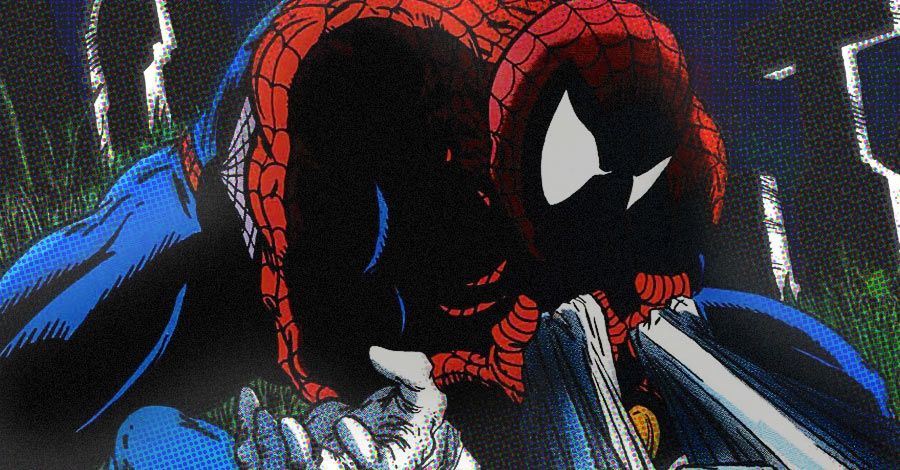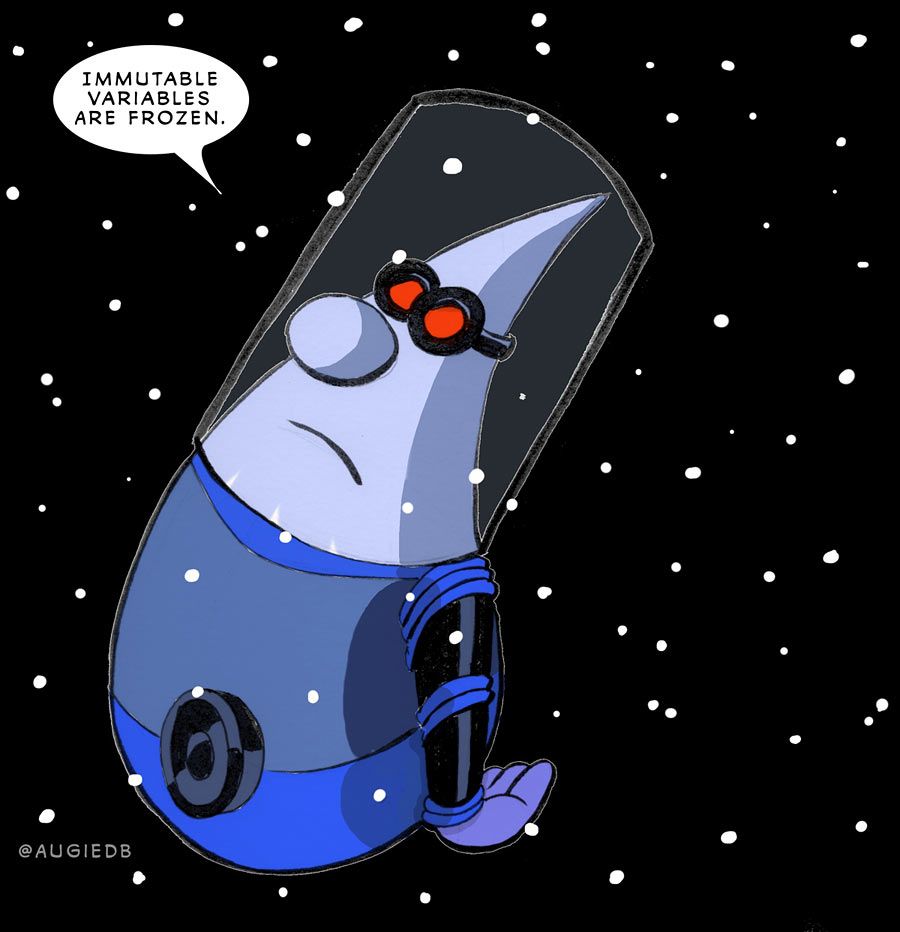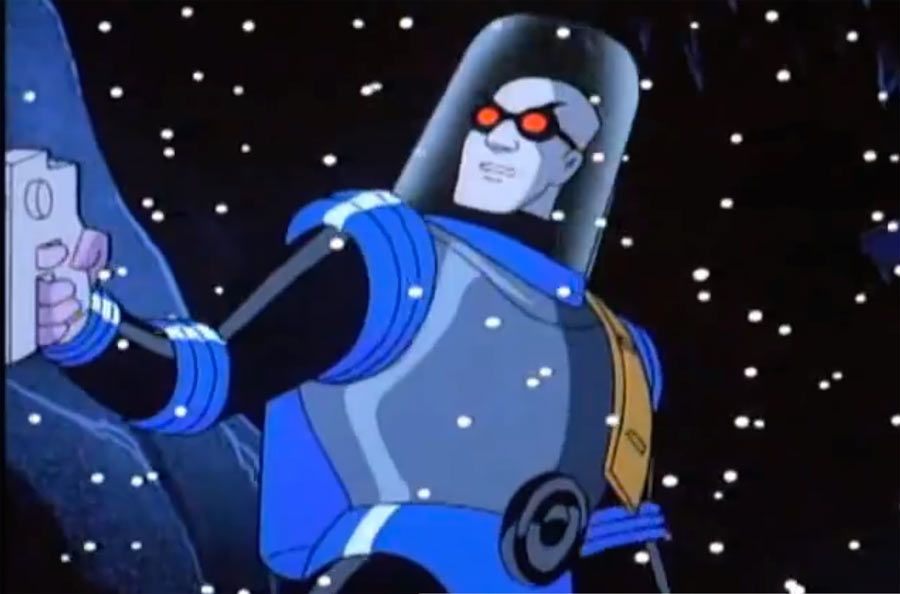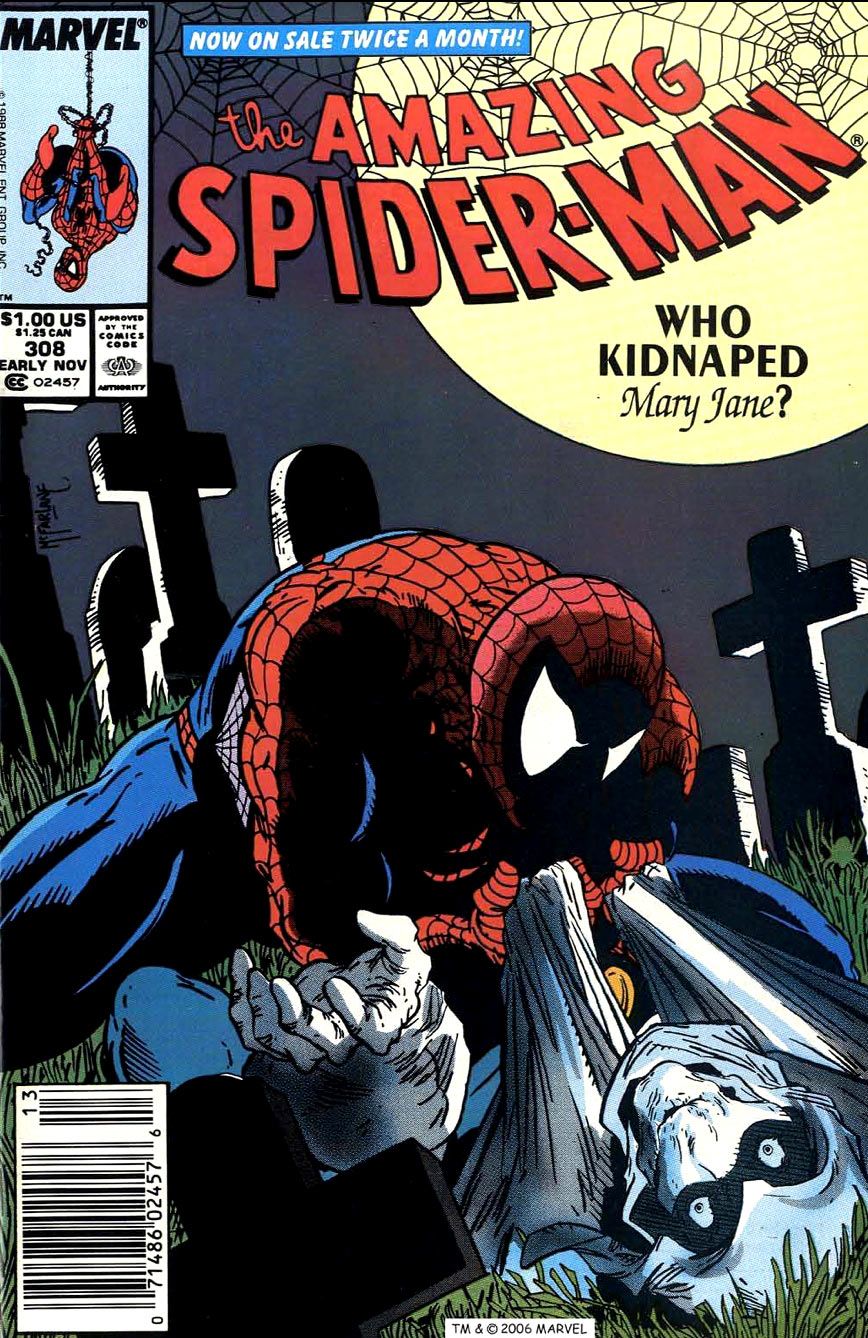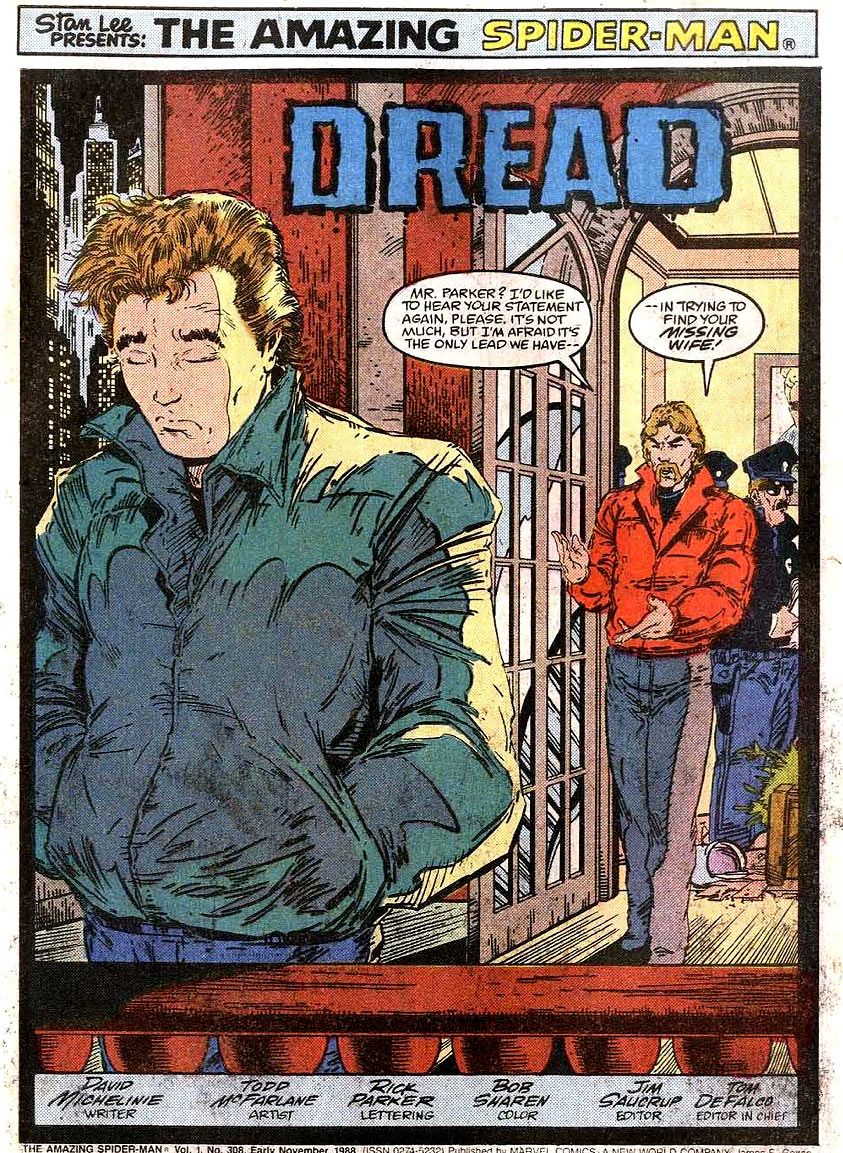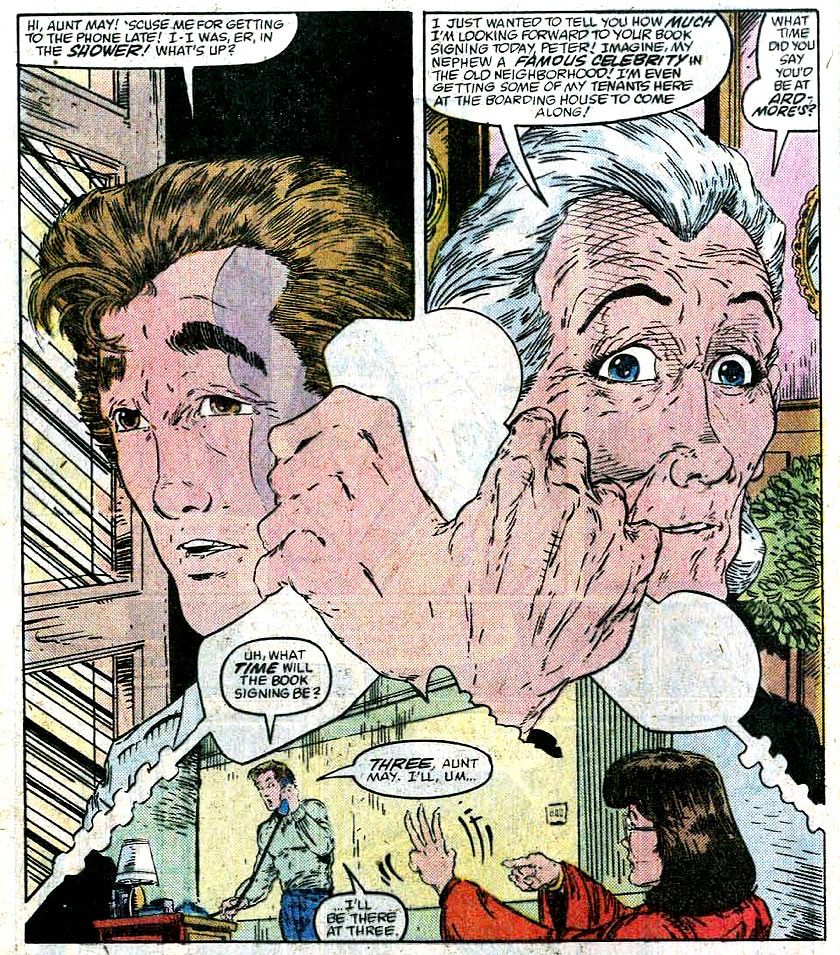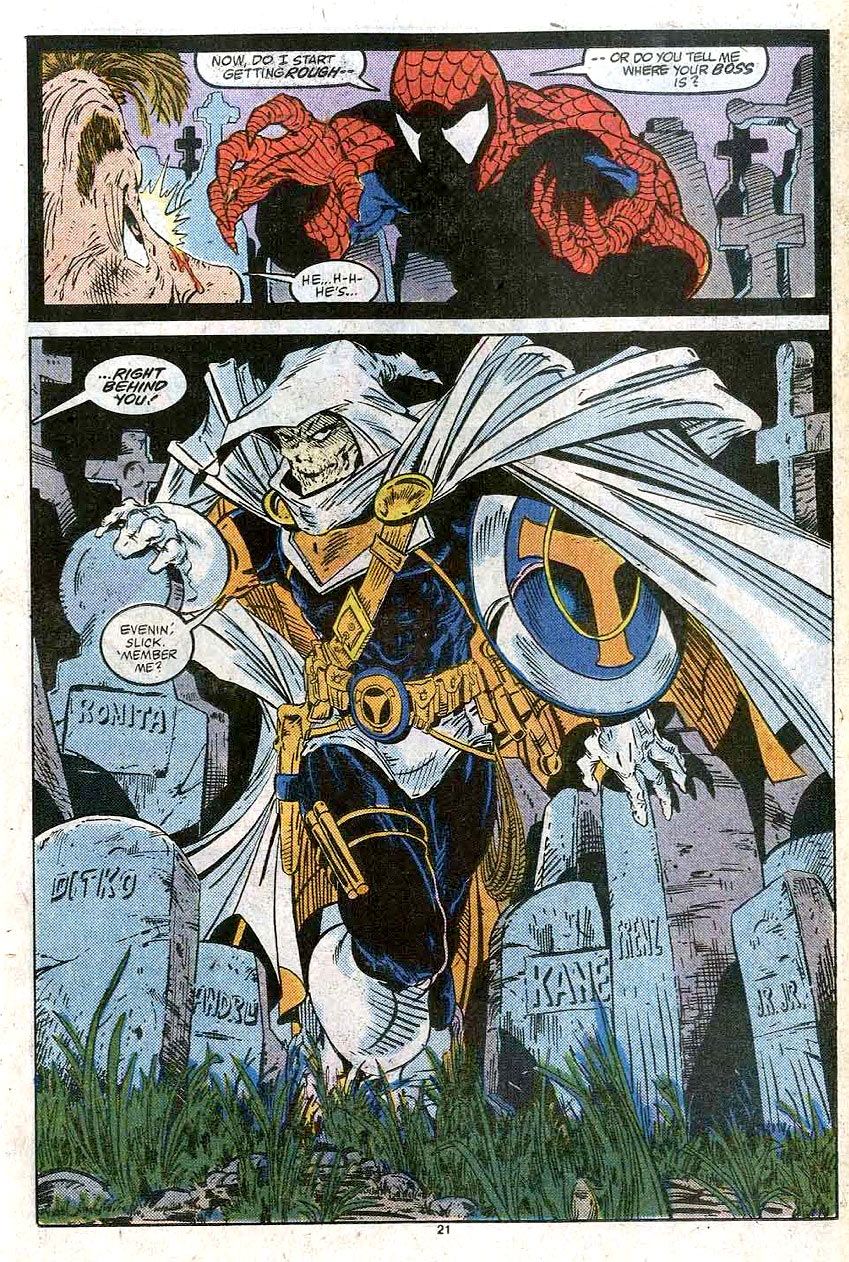ON COLORING
Comics Scene Magazine had a running gag where they'd interview a prolific comics creator and headline it in the table of comments with, "Is So-And-So the Hardest Working Man in Comics?" I remember one specific example of Fabian Nicieza being cited, back when he was writing a ridiculous number of books per month. I think Ron Lim would have qualified at the same time. Neither have anything on Jordie Bellaire, though, who colored 17 books in a month last year. I'm assuming she used someone to do the flats, or I'd have no idea how that kind of productivity is even physically possible. Read the interview at the link. It's good stuff.
Coincidentally, I've been playing with coloring stuff on my own art recently. I have no eye for color at all. I can't create the kind of magic Bellaire might whip out on an hourly basis. My sense of color coordination is near zero, and coloring something in a fanciful style that's not straight-on literal would probably result in a murky mess. For the latest piece I did, I was able to copy a pre-existing image for the colors. Literally, I used the dropper tool to sample the color from the other image and bring it into mine.
Not wanting to do this professionally means I don't have to use Adobe Photoshop and its never-ending payment schedule. So I'm using Acorn, a Mac image editing program written by another guy named August. All of the tricks I learned from Brian Haberlin's How To Color CDs apply to Acorn, for the most part. I wish I had remembered all of them when I restarted the process recently. They keep popping up as I go. I'm learning by doing, which is the best way to go.
I've found a couple issues in Acorn where Photoshop does something differently or better, as I recall, but perhaps I just haven't found the right tutorial or documentation for it yet. (Photoshop, as I recall, could do some magic guessing for where you want to make a selection. Haven't found the equivalent yet in Acorn.)
Still, I like the results:
If I had colored it correctly by layering the colors in from background to foreground, the final image sans black line work would have looked better:
Live and learn.
I also need to learn how to draw on the tablet more steadily. I plan on coloring up some recent Smurfs art in the weeks ahead. I'll let you know how that goes.
One thing's for sure: After flatting and filling in colors on the computer like this, drawing a bulletin board image for my teacher wife's classroom was painful. I colored it in with crayons, and there's no erasing those. You don't know how it's going to look until after you've laid in the colors and it's too late. I imagine that's how artists who use Cintiqs feel when drawing in someone's sketchbook at a convention. As confident as you are in your art, you always want to make it perfect and that means lots of corrections at the last minute. It's far easier to do that kind of work with a computer than liquid paper.
AMAZING SPIDER-MAN #307: "DREAD"
Mary Jane is missing, sending Spider-Man out on a mission to find her kidnaper. The first suspect is The Taskmaster.
This is where Todd McFarlane finds his groove on the title, I think. We're eleven issues into his run at this point. We're still in the middle of the bi-weekly summer grind. But McFarlane's ink work in this issue is where his Spider-Man style starts coming together. Even the opening splash page of a sad Peter Parker on his own balcony looks perfect. It's the fine line work on his Members Only jacket to trace all the right contours, as well as the line showing where the light ends on his face, to the messy wind-blown hair, speedlines on the ground, and high contrast New York City skyscrapers behind me. It all fits. It's all just perfectly McFarlane. Finally, the book looks and feels like how we imagine it when we think back to this run.
Add to that all the perfect little things David Michelinie's script gave McFarlane to draw. There's lots of Spider-Man swinging through the city and fighting. There's even a montage of it. There's fire and explosions and lasers overlapping. There's a graveyard scene. There's gargoyles and full moons and private armies of gun-toting soldiers and fancy panel borders made of phone cords and webbing. We should start tracking all the phone cords McFarlane drew to create panel borders during phone call scenes in this series.
The Taskmaster has all you need in a character for Todd McFarlane to draw. He has a big billowing cape. He's got pouches. He's got a gun. He has a memorable face that's half skeletal. He has the boots with a big fold over at the top. And, thanks to powers that allow him to remember moves from previous opponents, he even carries a shield and a billy club.
It all comes together in this issue. It's like McFarlane has learned enough about drawing Spider-Man after the first ten issues that he's just getting comfortable and producing work that looks like what you envision his stuff to look like. The inking is a major factor in this. McFarlane is inking himself here, but it rarely seems like a rush job, even given the two week deadline on the issue. In the past, there'd be panels or pages that looked spot on, but whole pages that looked simplified and sometimes even half-finished would surround them. This issue feels like the first issue where McFarlane fired on all cylinders.
David Michelinie's story has all the woman-in-danger tropes you'd guess you'd see. She's kidnaped, it drives her husband on a crazy revenge mission, she's left helpless, crying for his rescue. It's not the kind of story that would go over too well today. It's too predictable. Thankfully, it concludes next issue and isn't dragged out a lot. There are ramifications, but not the kind you'd expect. We'll get to those in a few issues. As usual, Mary Jane goes through a traumatic event and it's instantly forgotten until the next traumatic event to trigger her husband into action.
Her kidnaper, Jonathan Caesar, is revealed to be the one who arranged for Mary Jane to land the coveted apartment in the building, and he's also wealthy enough to have built his unit to certain specifications to allow it to be soundproof so that people couldn't hear what was going on inside his bonus room/panic room/kidnapping lair. That's how he's able to keep Mary Jane hostage only a floor or two away from Peter Parker. I'm guessing it's just far enough away to not trigger any Spidey senses. Knowing what we know now, though, you almost have to wonder how Caesar hasn't been setting off Peter's Spidey senses all this time. I guess the threat wasn't immediate enough to trip them?
Caesar spills his guts and gives us his own origin story, including how he murdered his brother as a kid because he wouldn't give him his train set. Delightful. As he got older, he turned into a deranged fan with some convenient connections and a cool wad of dough. He's been kind of creepy all along, but his monologue makes him downright freakishly villainous.
In the end, though, I'll remember this issue most for McFarlane's art, where a visually distinct villain set in McFarlane's artistic wheelhouse led to a strong issue of art.
Felix the Cat Watch: I don't see him in the issue at all. I half expected to see him worked into a shape on one of the gravestones, but no luck.
Nagel Watch: A print on the wall in Caesar's love shack might be a Nagel, but it's too small to tell for sure. More likely, it's another Mary Jane cover appearance.
Spawn Watch: Nothing.
Next week: Spider-Man versus Styx and Stone, and then Mary Jane takes things into her own hands. The Woman fights her way out of the Refrigerator!
PIPELINKS AND QUICK THOUGHTS
- Did you read "Flash Gordon" #2? I am loving the new series. Jeff Parker has a strong grasp of the characters he's writing, and the art from Evan Shaner with Jordie Bellaire's colors is easy to follow and filled with imagination and wonder. There's a beautiful purity to this comic that's fun to read. The pages don't look "heavy," if you know what I mean, and they read just as quickly and as smoothly as you'd expect from a brief preview.
- The Warren Ellis/Jason Howard "Trees" series begins at Image this week. It's tough to review it as a first issue, because it seems like such a small part of a larger story. But I'm intrigued by the choices Ellis makes in his storytelling, and Howard's art is as strong and bold as it was in "Scatterlands," the webcomic he did previously with Ellis that I once analyzed here.
- Scientific proof of the multiverse?
- Last week in this very space, I mentioned that the Scriptnotes podcast had done a superhero themed show that had just become available. And it looks like everyone followed my advice and listened intently to everything David Goyer said on the show. Yikes. That was a mess. I think Goyer is guilty of playing to the crowd here, and that's about it. I don't think the last week of torches and pitchforks was exactly necessary.
Twitter || E-mail || Instagram || Pipeline Message Board || VariousandSundry.com || AugieShoots.com || Original Art Collection || Google+

